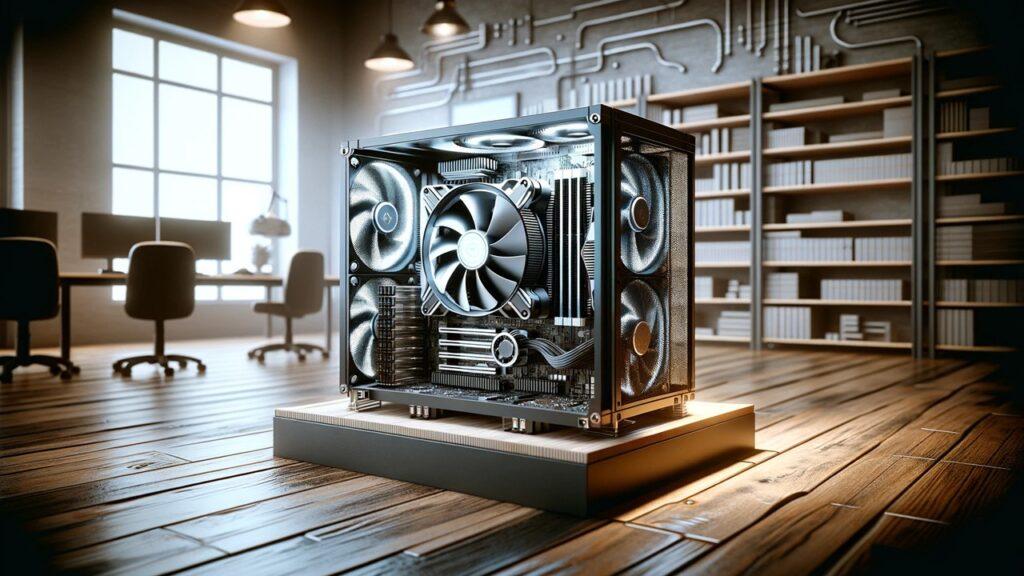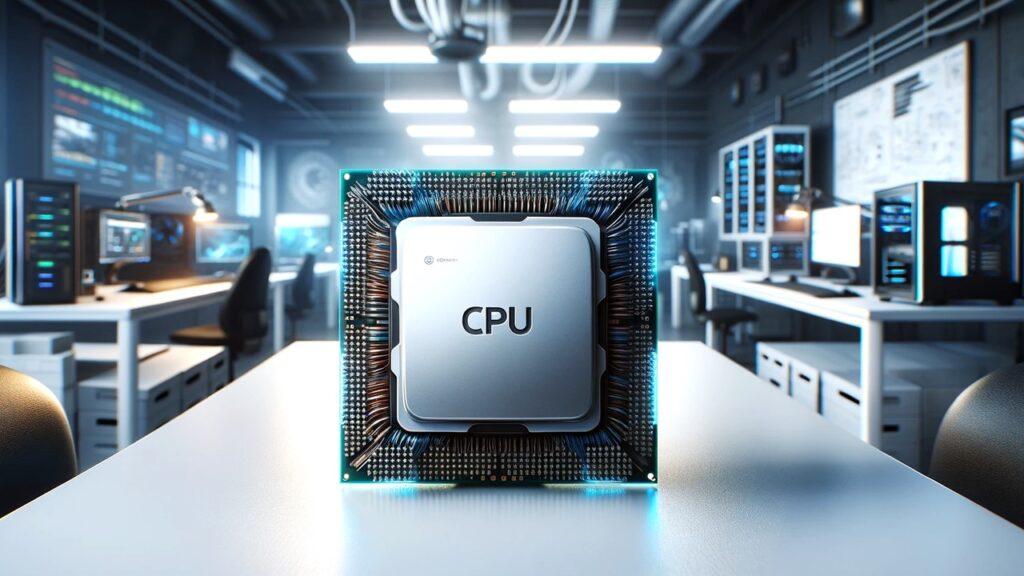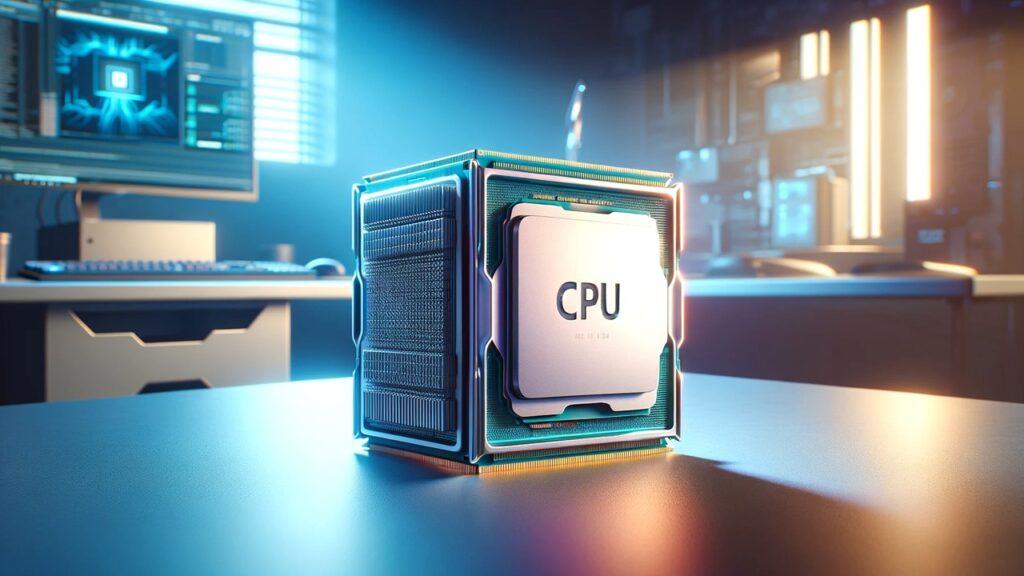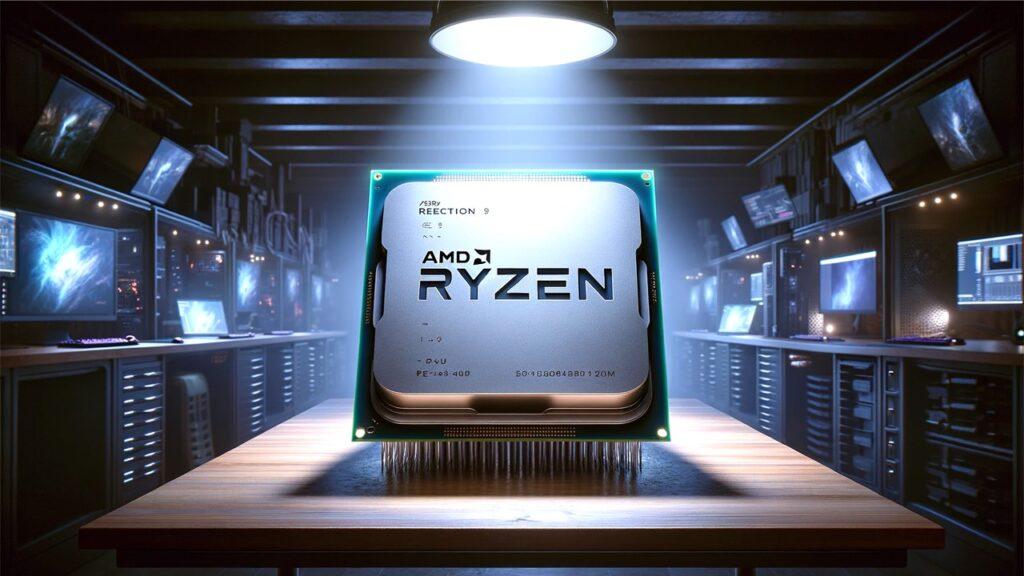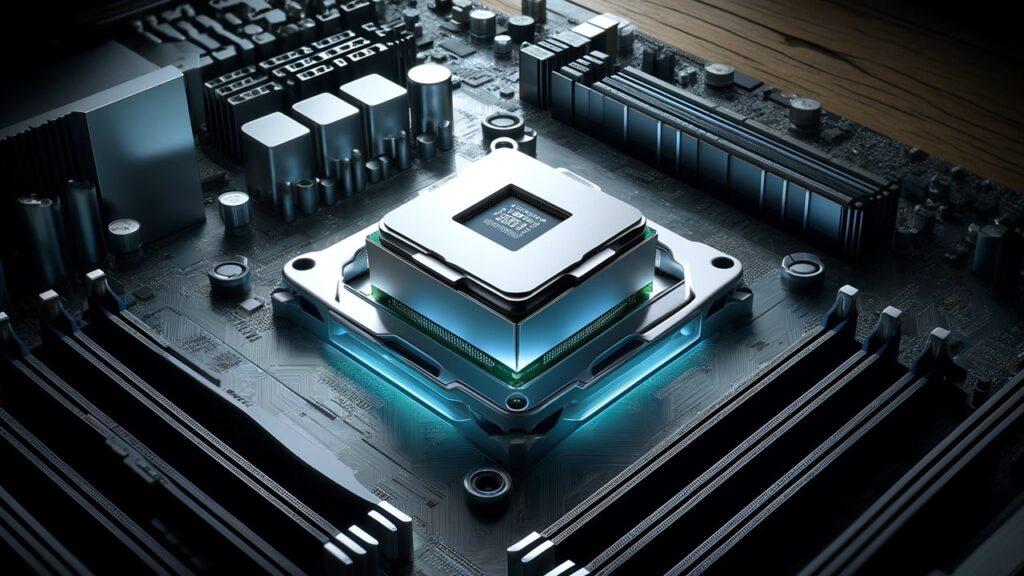
Imagine starting your day ready to dive into your digital tasks, only to be greeted by the mysterious beeps of your computer—a signal something’s awry in its circuitry. Understanding CPU error beeps isn’t just about decoding the distress signals of your trusty machine; it’s about regaining control and ensuring your system runs smoothly. In our guide on “how to fix common CPU error beeps at startup,” we’ll unpack the meanings behind those puzzling sounds and offer step-by-step troubleshooting to quiet the beeps and revive your setup. From recognizing the variations between single, continuous short, and long pause beeps, to pinpointing and fixing the underlying issues, this article promises to transform confusing audio cues into actionable knowledge, making your tech troubles a bit more manageable.
Understanding CPU Beep Codes
Diving into the world of computing, particularly at startup, you might encounter a series of CPU error beeps—a primitive yet essential method of communication between your computer’s motherboard and you. These beeps, known as BIOS beep codes, are critical for diagnosing what’s keeping your PC from booting up properly. Let’s unravel the layers of these audio signals to better understand and address the issues they signal.
What Are Beep Codes?
At the heart of every non-booting PC is a message waiting to be understood, often expressed through beep codes. Essentially, these beep codes are the cries for help emitted by the motherboard when it encounters hardware failures during the power-on self-test (POST). Each pattern of beeps—a language of its own—signals a specific type of problem, guiding us toward the malfunctioning component.
How Do Beep Codes Work?
When you power on your computer, the BIOS (Basic Input/Output System) conducts a preliminary check of the system’s hardware, ensuring everything is in place for a smooth startup. If an issue is detected, the BIOS uses beep codes—variations of long and short sounds—to alert the user. This hardware error signaling method allows the BIOS to communicate problems even when the system cannot display visual error messages.
Why Beep Codes Are Crucial for Troubleshooting
Understanding beep codes is akin to knowing the warning lights on your car’s dashboard. Early diagnostics provided by these codes can prevent minor issues from escalating into costly problems. Recognizing and interpreting these codes, therefore, is a fundamental skill for anyone involved in PC hardware diagnostics or managing computer boot problems.
After exploring the intricacies and importance of beep codes, it’s evident that these signals are more than just alarming sounds; they are invaluable diagnostics tools that come into play before your system has a chance to utilize its visual outputs. With this understanding, let’s delve deeper into decoding these signals.
Decoding Common Beep Codes
As we navigate through the common scenarios marked by distinctive beep sounds during startup, it becomes crucial to recognize each pattern and understand its implications. This understanding not only aids in quick fixes but also ensures that our hardware components are well-maintained and functioning optimally.
Single Beep on Startup: What Does It Mean?
A single beep during startup typically signals normal POST and that all systems are go—which means your hardware checks out and your PC is ready to boot. This beep is music to a technician’s ears, signifying that all is well within the PC’s internal hardware landscape.
Continuous Short Beeps: Identifying the Issue
However, the scenario changes with continuous short beeps—a common symptom of a memory or RAM issue. These beeps suggest that the motherboard is encountering a problem in accessing the RAM, crucial for loading the operating system. Addressing this promptly can mean the difference between a simple reseating of memory sticks and more complex repairs.
Long Beeps Followed by a Pause: How to Respond
Long beeps followed by a pause are often indicative of a graphics card problem. This pattern suggests that the BIOS is unable to initialize the graphics system. In such cases, checking the graphics card’s seating, power connections, or even testing with an alternative card can provide a solution.
In decoding these beep codes, we arm ourselves with the knowledge to tackle some of the most common startup issues faced by PCs today. Whether it’s a simple fix or an indicator of something more serious, understanding these codes can significantly streamline the troubleshooting process. As we continue to explore the vast realm of PC diagnostics, remember that each beep is a clue leading us closer to a resolution, ensuring our computers are efficient and reliable companions.
Step-by-Step Troubleshooting Guide To Beep Codes
When your computer throws a fit with CPU error beeps, it’s not just testing your patience; it’s sending a crucial signal that needs decoding. Whether it’s a simple hiccup or a sign of a serious hardware malfunction, understanding these beeps can help you get back on track swiftly. This guide dives deep into a systematic approach to troubleshooting, ensuring you can interpret and respond to these beeps effectively.
Step 1: Initial System Check
Before you dive into the specifics of the beep codes, ensure that your system is set up for a successful diagnosis. Check all cables and connections to ensure they are secure and intact. This includes your power cords, peripheral devices, and internal components. Loose connections often mimic symptoms of more serious problems.
Step 2: Listen Carefully to the Beep Codes
Identify the beep code pattern. Is it a single beep, a series of short beeps, or a mix of long and short beeps? Refer to your motherboard’s manual or a trusted beep codes chart for a preliminary diagnosis. This step is crucial as it directs the subsequent troubleshooting steps.
Step 3: Reset or Reseat Hardware Components
Often, motherboard beep sounds can indicate loose or improperly seated hardware. Power down your system and unplug it. Proceed to reseat components like RAM sticks, GPU, and all power connections. After reseating, restart your computer to check if the issue persists.
Step 4: Test Individual Hardware Components
If the problem continues, isolate and test individual components. Start with your memory modules. Try booting with one stick at a time to identify a faulty module. If your PC beeping on boot continues, test other components such as your graphics card and hard drive using the same method.
Step 5: Update or Reset BIOS
An outdated or corrupt BIOS can lead to startup beep codes. Updating your BIOS can resolve issues that a simple hardware recheck can’t fix. If updating does not apply or work, consider resetting your BIOS to default settings, which can sometimes clear up hardware error signals.
Step 6: Consult Professional Help
If after all these steps the beep codes still haunt your startup, it might be time to consult with a professional. Some issues can be too complex for typical home troubleshooting and may require more advanced diagnostics tools and expertise.
After walking through these steps, you’ll not only gain a clearer understanding of what those beep sounds during startup mean but also how to tackle them effectively. Remember, the key to successful troubleshooting lies in methodical steps and patience. With every beep, your computer is trying to communicate a specific problem, and addressing it correctly can be the difference between a quick fix and a costly repair.
Preventing CPU Beep Errors
Navigating the complexities of CPU error beeps can be challenging, but preventing these errors before they start is the key to a smoothly running system. By adopting regular maintenance practices and ensuring your hardware components are compatible and up-to-date, you can significantly reduce the occurrence of these frustrating beeps. Let’s explore some proactive steps to keep your computer in top-notch condition and minimize the chances of hardware conflicts.
Regular Maintenance Practices
Regular maintenance is your first line of defense against unexpected computer POST issues. Start by keeping the interior of your computer clean; dust buildup can lead to overheating, which is a common trigger for motherboard beep sounds. Use compressed air to gently clean out dust from around the CPU, motherboard, and power supply. Additionally, ensure all internal connections are secure. This includes checking and reseating RAM modules, graphics cards, and all cable connections periodically.
Upgrading BIOS: Benefits and How-To
Keeping your BIOS updated is crucial as it improves hardware compatibility and enhances the motherboard’s ability to diagnose and report hardware error signals accurately. Upgrading BIOS can also resolve and prevent many BIOS beep codes. Additionally, to update your BIOS, visit the manufacturer’s website and download the latest firmware. Always back up your current BIOS settings and follow the instructions provided carefully to avoid any interruptions during the update process.
Choosing Compatible Hardware Components
Compatibility is key when assembling or upgrading your PC. Incompatible hardware can often lead to startup beep codes. When selecting components, consult your motherboard’s manual for recommended hardware specifications or use compatibility checking tools available on most component retail websites. This ensures all components like RAM, GPUs, and storage devices work harmoniously, reducing the risk of beep sounds during startup.
Through these preventative measures, you can ensure your system remains healthy and less prone to issues that lead to CPU error beeps, saving you time and frustration in troubleshooting down the line.
Expert Tips for Diagnosing Beep Codes
Diagnosing CPU error beeps can be a tricky affair, especially with the variety of beep codes used across different systems. Here, we delve into some expert tips that will sharpen your diagnostic skills, making you more adept at handling these audible cues swiftly and efficiently.
Using Diagnostic Tools: Which Are Best?
Effective diagnostics start with the right tools. Software like MemTest86 can be invaluable for testing memory issues, while PC diagnostic suites from motherboard manufacturers often include tools to test and diagnose a wide range of hardware error signals. These tools provide deeper insights than the basic beep codes and can help pinpoint issues more accurately.
Interpreting Beep Codes Across Different BIOS
Beep codes aren’t universal; they vary between BIOS manufacturers like AMI, Award, and Phoenix. It’s essential to know which BIOS your motherboard uses to interpret beep codes correctly. Furthermore, each manufacturer’s website typically provides a decode BIOS beep codes chart that can help you understand what each pattern of beeps means in their specific context.
When to Seek Professional Help
While many computer boot problems can be solved at home, there are times when professional help is necessary. Moreover, if you’ve followed all steps and the beep codes persist, or if you encounter complex issues like motherboard failures, seeking professional tech support is advised. Professionals have specialized tools and experience that can diagnose and resolve intricate problems beyond typical beep code troubleshooting.
With these expert tips and a proactive approach to maintenance and compatibility, you’re well-equipped to handle CPU error beeps effectively, ensuring your computing experience remains smooth and largely uninterrupted.
Wrapping It Up!
As we wrap up our exploration into CPU error beeps, it’s clear that these signals are more than just simple interruptions; they are crucial diagnostic tools that speak volumes about the health of your computer. Moreover, understanding and addressing BIOS beep codes is an essential skill for anyone looking to maintain a healthy PC and avoid potential system failures. By equipping yourself with the knowledge of what different beeps mean and how to respond to them, you enhance your capability to quickly and effectively diagnose issues that could otherwise lead to serious computer malfunctions.
Feel empowered by the troubleshooting steps and preventative measures we’ve discussed. With this guidance, you are well on your way to not only understanding but also mastering the resolution of computer boot problems and other PC diagnostic beep codes. Remember, each beep is an opportunity to prevent larger issues, ensuring your computer remains operational and efficient. Trust in your newly acquired skills to maintain your system and address any startup beep codes with confidence and precision.
Related FAQs
What Causes CPU Error Beeps At Startup?
Typically, these beeps are caused by hardware issues detected during the POST.
How Can I Identify Different BIOS Beep Codes?
Refer to your motherboard’s manual or an online beep codes chart for specific patterns.
Are Continuous Beeps A Serious Problem?
Yes, they usually indicate a critical error, such as memory or power failure.
Can BIOS Updates Reduce CPU Error Beeps?
Updating BIOS can resolve issues causing error beeps and improve system stability.
What Should I Do If Beep Codes Continue After Troubleshooting?
It’s best to seek professional help if beeps persist after you’ve tried basic troubleshooting.

Josh is a lifelong tech enthusiast with a passion for building powerful, reliable PCs. With years of hands-on experience, he shares practical advice to help readers make smarter choices, whether it’s picking the right components or solving build issues at home. Josh focuses on what really matters in real-world use, offering honest insights that come from testing, tinkering, and learning along the way. He’s here to make tech feel a little less overwhelming and a lot more useful.

